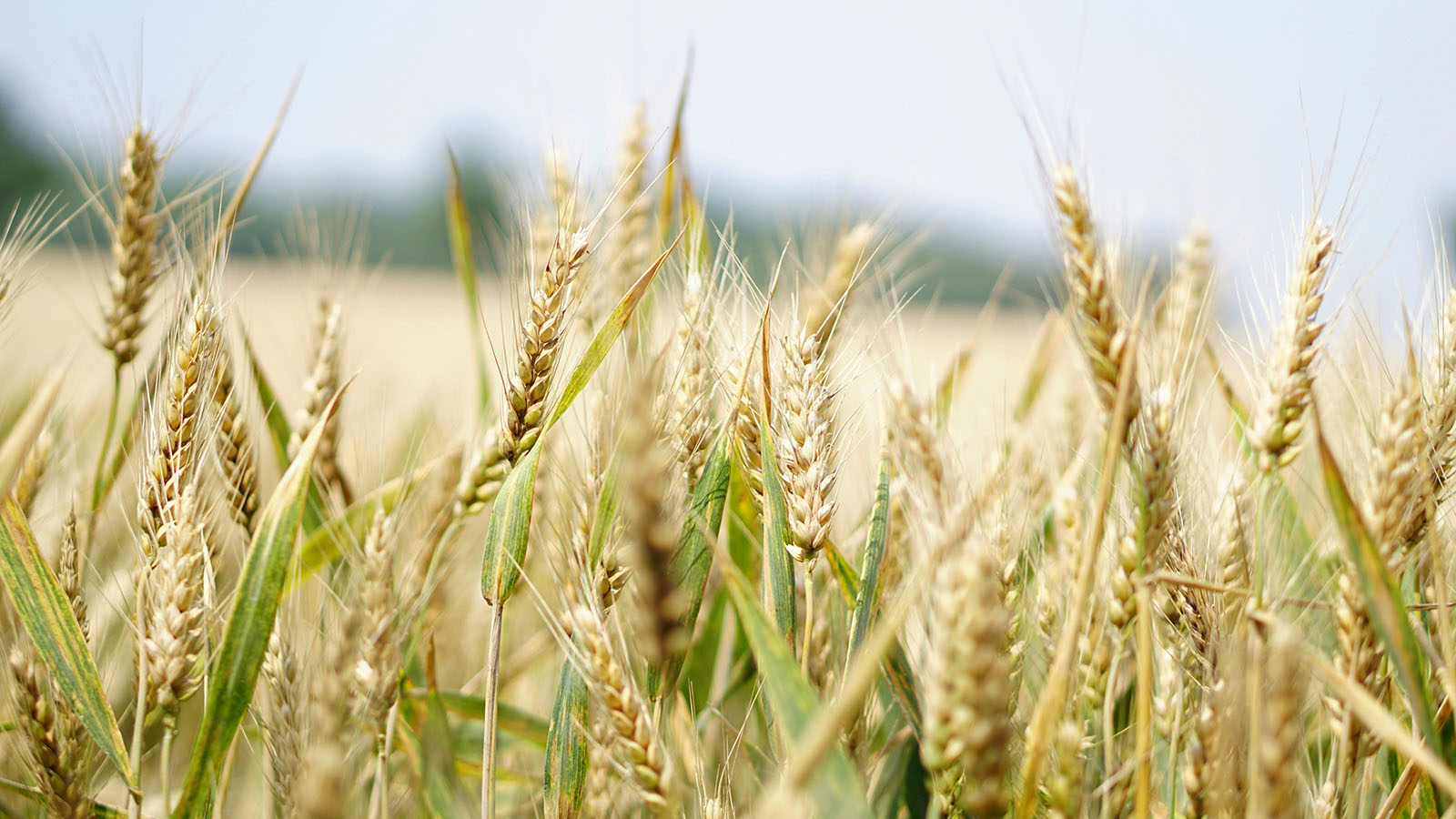August 20, 2025
Australian farmland values are at lofty heights. Research reveals this could be hurting some farmers
Higher profits lifts farmland prices but those higher prices eventually squeeze profitability, with serious implications for farm business viability
Over recent decades, farmland values in Australia have soared. Nationally, the price of – used for cropping or sheep and beef grazing – has increased by since 1992.
It might seem like this could only be good news for those who own and operate farms. But this boom carries surprising downsides for the profitability of the farming industry.
Our examined the dynamic relationship between farmland prices and the profitability of Australia’s farming sector. To do this, we used national and state-level data from 1992 to 2022.
We found when farm profits rise, farmland prices tend to increase as well, with a lag of two to five years. But there’s a catch: higher land values push up production costs, which can erode profits over time.
This feedback loop – where higher profits lifts farmland prices but those higher prices eventually squeeze profitability – has some serious implications for farm business viability.
What’s driven farmland’s surge?
Several factors have contributed to the rapid growth in Australia’s farmland prices in recent years. These include strong commodity prices and , periods of and increased for land.
While some of these forces have rewarded existing landholders, they have also for younger or less wealthy farmers to enter the industry.
This isn’t just an Australian phenomenon. Between 2002 and 2023, global farmland values grew at an .
Analysts the major drivers of this surge include “growing concerns about food and land scarcity” and the increasing practice of , such as carbon storage, water rights, or biodiversity credits. They also note its appeal as a desirable investment, offering stable long-term returns with relatively low risk.
High land values can make it hard to farm
Rising land values can create a complex situation. For one, they mean farmers need more fund to buy new land or to improve existing operations, particularly or who are .
Farm expansion is important for farmers, because farm size has proven a key factor driving productivity gains.
Many Australian broadacre farms have benefited from what are called “”. By spreading fixed costs such as machinery and management expenses over larger operations, they’re able to lower their average costs and gain a competitive advantage.
Other hurdles
Rising land prices also raise costs in less obvious ways. In recent years, a significant proportion of farmers have grown to rely on leasing additional land to run their operations.
A 2020 from Rabobank found 45% of farmers in South Australia and 38% in Western Australia lease a portion of the land they operate.
But leasing rates tend to , which in turn erodes the profitability of those who lease land for farms for farming operations.
The rise in farmland values may also lead to for new farmers and existing farmers expanding their businesses if they finance their farmland purchases with debt.
This is because higher property prices require larger loans, which lead to higher interest repayments and ultimately diminish profitability.
For those who do own land outright, there is a potential upside. Higher land prices boost farmer wealth and equity levels. This increases borrowing capacity and supports productivity growth by making it easier for farmers to access capital for , such as upgrading machinery or adopting new technology.
But even for this group, rising land values can and insurance premiums, eroding profits.
Headed for the exit
This trend has real consequences for farmers and rural communities.
When farmland prices rise sharply, many long-time farmers see an opportunity to sell up and leave the industry. But when they go, their years of knowledge about how to run farms efficiently and productively go with them, leaving a gap that’s hard to replace.
High land prices also push some farmers, especially younger ones, out of the market altogether. In parts of Australia, it’s becoming harder to afford land to buy or lease, which threatens their ability to make a decent living from farming.
If fewer people can make a living on the land, that puts pressure on Australia’s food supply. It also affects the towns and communities built around farming. Fewer farmers mean fewer families in the region, which can lead to schools and local businesses closing and a weakening of the community fabric.
At the same time, when farmland becomes very expensive, there’s more pressure to squeeze every dollar out of it. That can encourage farming practices that put short-term profit ahead of long-term environmental care.
Policymakers, farmers and the public can’t afford to ignore these hidden costs.
The authors would like to acknowledge the contributions of Florian Gerth, who co-authored the research discussed in this article.![]()
This article is republished from under a Creative Commons license. Read the .
